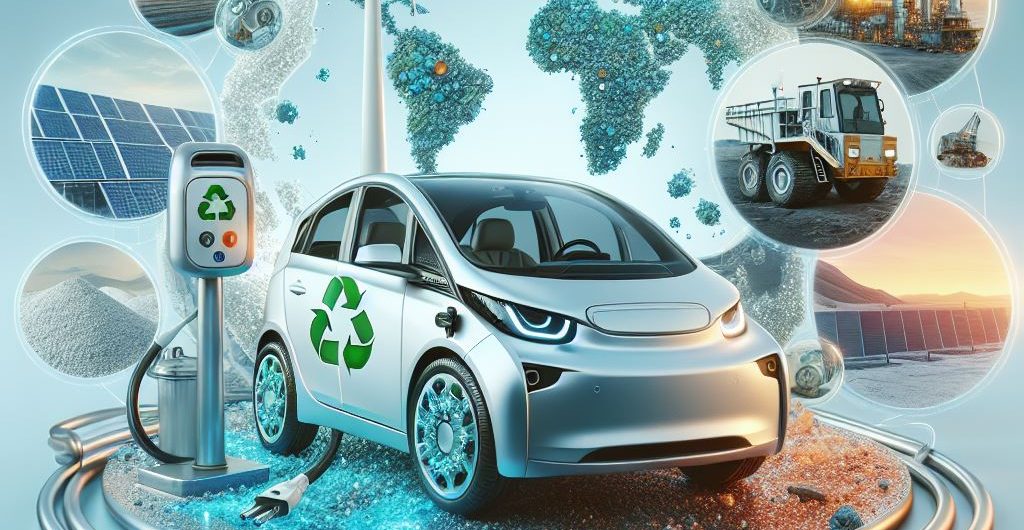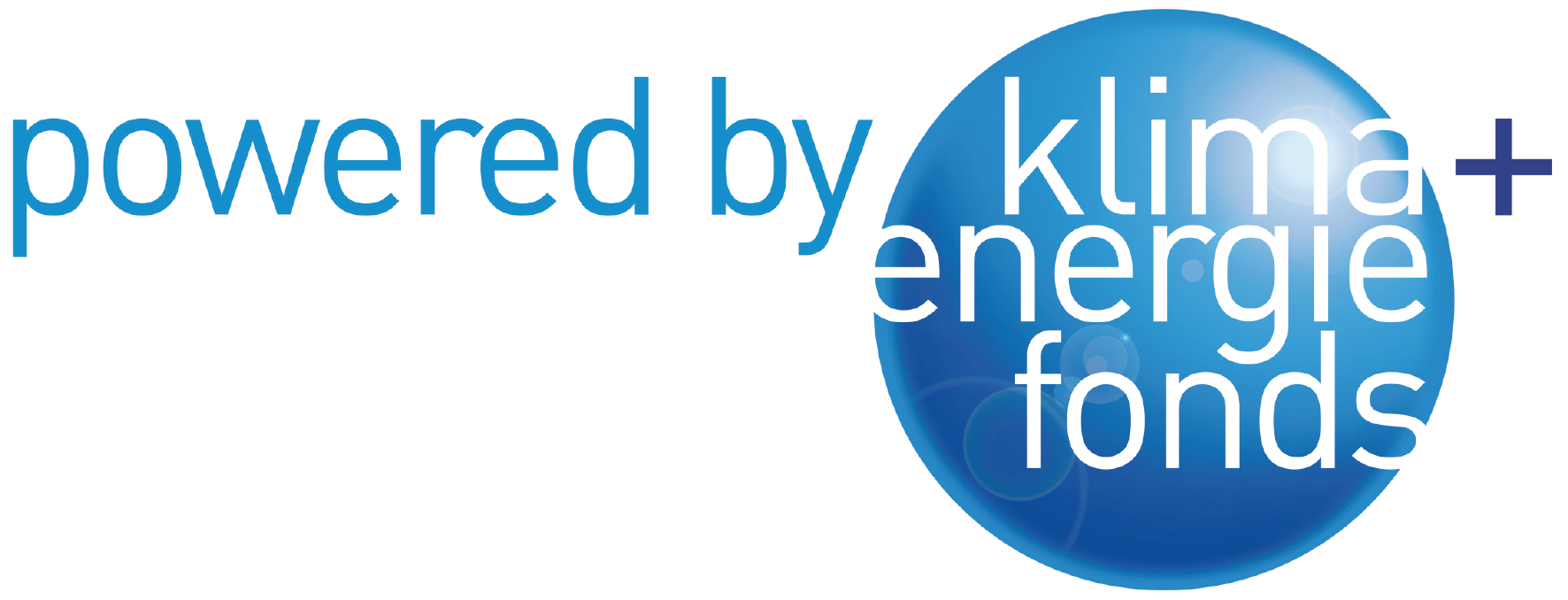- About us
- Research expertise
- DIGITAL – Institut für Digitale Technologien
- MATERIALS – Institut für Sensorik, Photonik und Fertigungstechnologien
- ROBOTICS – Institut für Robotik und Flexible Produktion
- COREMED – Zentrum für Regenerative Medizin und Präzisionsmedizin
- HEALTH – Institut für Biomedizinische Forschung und Technologien
- LIFE – Institut für Klima, Energiesysteme und Gesellschaft
- POLICIES – Institut für Wirtschafts-, Sozial und Innovationsforschung
- Business areas
- Products & services
- Research infrastructure
- Beteiligungen
- Career
- Aktuelles
- Publications
- Kontakt zu uns
IEA Task 40: Critical raw materials for electric vehicles
Duration:
10/2019
—
12/2022
Total Project Duration
3 Years 3 Months


The project
The production of electric vehicles and batteries requires critical raw materials. Task 40 compares demand and supply. It is based on global scenarios for the development of electric vehicle fleets, battery technologies, primary and secondary raw material potentials and recycling technologies. We assess the potential overall environmental and social impacts of raw material and battery production.
Our activities in the project
In this international project, we are coordinating the life cycle assessment of today's dominant battery technologies. We are calculating the greenhouse gas emissions of the most important life cycle phases and processes.
Life cycle phases and processes
- Production of cathode and anode materials for battery cells
- Production of housings for modules and packs
- Energy requirements and energy mix for cell production
- Metallurgical technology and energy mix for recycling
Research groups
Downloads
Customers
Das Projekt wird mit Mitteln des Bundesministeriums für Klimaschutz, Umwelt, Energie, Mobilität, Innovation und Technologie (BMK) gefördert.
Project partner
Elf Länder mit Institutionen der öffentlichen Hand, Forschung, Unternehmen und Interessenvertretungen beteiligen sich von 2018 bis 2022 an dieser internationalen Zusammenarbeit, mit JOANNEUM RESEARCH, Institut LIFE als österreichischem Vertreter.
Details of the project
The IEA HEV TCP Task 40 - Critical Raw Materials for Electric Vehicles - addresses the complex demand for current information to support decision-making in the field of electric mobility. The aim and added value of Task 40 is an integrated analysis of all relevant aspects of the future supply of critical raw materials for electric vehicles.
Important aspects
- Future development of electric vehicle fleet scenarios in regions and worldwide
- Technological developments in the field of battery systems
- Primary and secondary resources
- Development of recycling technologies for electric vehicles
The potential overall ecological and social impacts of raw material and battery production are assessed.
Due to the significant increase in the number of electric vehicles required worldwide to achieve the climate targets in the transport sector by 2030, the supply of batteries and critical raw materials will have to meet high demands. Task 40 evaluates nickel, cobalt, lithium, graphite, phosphate and rare earths for electric motors.
In terms of battery technologies, nickel-cobalt and lithium-iron-phosphate battery technologies are expected to remain predominant until 2030. New technologies such as sodium-ion or solid-state batteries will only gain a larger market share after 2030. Lithium-iron-phosphate batteries offer a way out of possible deficits in the supply of nickel and cobalt.
The scenarios for the development of the global electric vehicle fleet result in the need for a total battery capacity of 3,000 to 4,300 GWh in 2030, which corresponds to 5 to 8 times the battery sales in 2022. Global battery production capacity in 2022 was 1,500 GWh (but only around 35% of this was used). By 2030, they should increase by a factor of 2 to 3. In Europe, production capacities need to increase 30-fold from today - from around 35 GWh to 1,300 GWh - which is a real challenge for scaling. In the EU, the first production of lithium iron phosphate batteries was commissioned in 2023.
The demand for critical raw materials for electric vehicles will rise sharply by 2030, depending on the market shares of nickel-cobalt and zero-nickel-cobalt technologies. In a scenario with a high share of nickel-cobalt batteries, there would be a supply deficit for nickel and cobalt. Regardless of the cathode chemistry, supply deficits for lithium and graphite are likely. Graphite could be replaced by synthetic graphite, but at the cost of increasing energy requirements for production and the associated greenhouse gas emissions. The demand for phosphate in lithium-iron-phosphate batteries will not lead to a supply deficit from a global perspective. Rare earths as magnetic metals can be replaced by the use of inductive electric motors with non-permanent magnets that do not rely on rare earths.
Battery recycling is a key factor in the supply of critical raw materials, especially in Europe. Hydrometallurgy is the technology that is most likely to enable a circular economy in this area. Large-scale recycling plants for nickel-cobalt batteries are expected to be available by the end of the 2020s. Large-scale recycling plants for lithium-iron-phosphate batteries will not be available until after 2030 for economic reasons, as less valuable materials can be recovered economically.
The life cycle analysis of batteries identifies the most important life cycle phases and processes that influence greenhouse gas emissions in the life cycle of batteries. These are the production of cathode and anode materials for battery cells, the production of housings for modules and packs (especially aluminum), the energy requirements and the energy mix for cell production as well as the metallurgical technology and the energy mix for recycling.
Project participants
Related projects
Miteinander zukunftsrelevant
Die JOANNEUM RESEARCH ist Innovations- und Technologieanbieter im Bereich der angewandten Forschung. Als Forschungsgesellschaft der Länder und Regionen prägen wir mit unseren Forschungskompetenzen die Entwicklung unserer modernen Gesellschaft und Wirtschaft nachhaltig und menschenzentriert. Als multidisziplinäres Team in flexiblen, innovationsfreundlichen Strukturen leben wir höchste gesellschaftliche und wissenschaftliche Ansprüche.



